While Apple has yet to release a major product made from Liquidmetal stock — aside from a SIM ejector tool — the company is still actively researching methods of producing large format amorphous alloy parts, suggesting the material could one day see use in a shipping device.
A pair of Apple patents published by the U.S. Patent and Trademark Office on Tuesday describe methods of melting bulk amorphous alloys and applying the material to casts, either by itself or in conjunction with another metal.
In U.S. Patent No. 9,103,009 for a "Method of using core shell pre-alloy structure to make alloys in a controlled manner," Apple notes much of today's metallic alloys are cast into a metal or ceramic mold where it cools and solidifies. Cooling rates for commonly used metals are easily managed as structural changes occur gradually in concert with reductions in temperature, but the same process can be detrimental to bulk-solidifying amorphous alloys.
Casting such alloys, also known as bulk metallic glasses, is an extremely sensitive procedure as unwanted crystals can form within the metal when cooling rates are not sufficiently high. Partial crystallization due to slow cooling or impurities in the raw material might result in the loss of all advantageous mechanical properties, Apple says.
Further, BMGs can be combined with other metals or metal alloys to improve material properties, but conventional casting techniques produce relatively thin alloys not suitable for use in consumer electronics. Apple proposes a method of creating a composite article from BMG and another metal or metal alloy that marries the best properties of each.
The patent offers three casting variations: BMG core with metal shell, metal core with BMG shell, and BMG/metal alloyed article. Each embodiment requires full control over heating and cooling to retain desirable amorphous alloy properties.
For example, a first method joins metal around a BMG core and heats the material to a temperature greater than the glass transition temperature, but lower than the amorphous alloy's melting temperature. Regulated cooling thus yields a composite article with a BMG core and metal shell.
Apple's second granted IP, U.S. Patent No. 9,101,977 for "Cold chamber die casting of amorphous alloys using cold crucible induction melting techniques," details methods of melting BMG feedstock using horizontal cold crucible induction melting (CCIM) systems.
In one embodiment, feedstock positioned above a cold chamber die caster is melted via induction coil and poured into the cast. Using a horizontal technique as opposed to vertical CCIM allows Apple to use a copper crucible for minimizing contamination, a key factor in producing non-crystalline alloys. In addition, the melting process is separate from the molding process, which accommodates material filtering prior to crucible insertion.
It is impossible to draw conclusions about Apple's plans from today's patents, but the company is obviously interested in implementing amorphous alloys into its product lineup either as a replacement for existing metal parts or as the basis of an entirely new product. Rumors claiming everything from Liquidmetal iPhones to MacBooks have circulated for years, but none have come to fruition.
Apple in June renewed its exclusive license to Liquidmetal technology, including patents, for a full year, extending a deal initially struck in 2010. With the next iPhone chassis rumored to be crafted from 7000 series aluminum, however, a BMG device might to be some ways off.
One possible Liquidmetal application is Apple Watch, which debuted in aluminum, stainless steel and solid gold. A report in March said Apple was looking into different casing materials for a second-generation version set for announcement this fall or early next year, though BMG was not specifically mentioned as a potential candidate.
Apple's core/shell BMG patent was filed for in July 2012 and credits Christopher D. Prest, Joseph C. Poole, Matthew S. Scott and Dermot J. Stratton as its inventors. The CCIM patent was first filed for in July 2014 and credits the same inventors as well as Theodore A. Waniuk, Joseph Stevick and Sean O'Keeffe.
 Mikey Campbell
Mikey Campbell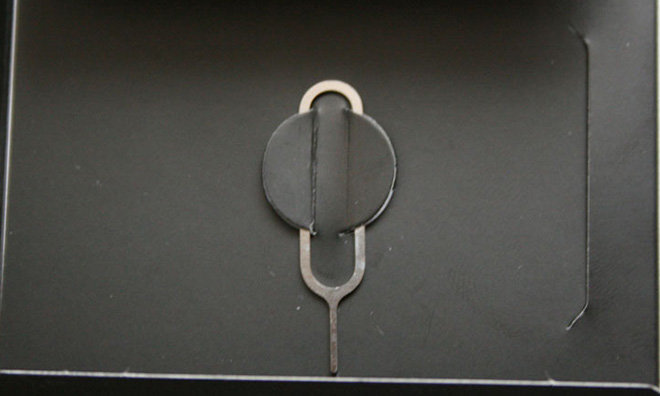
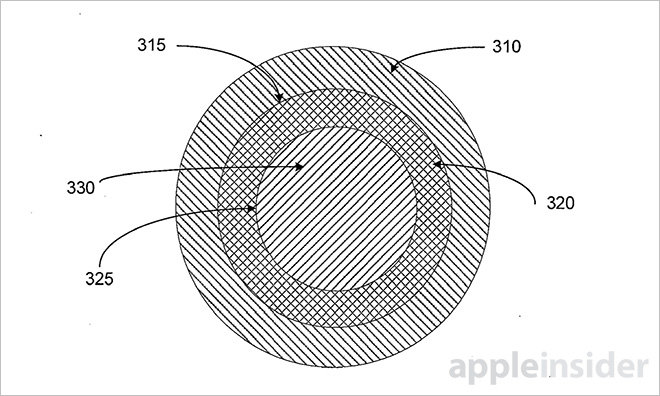
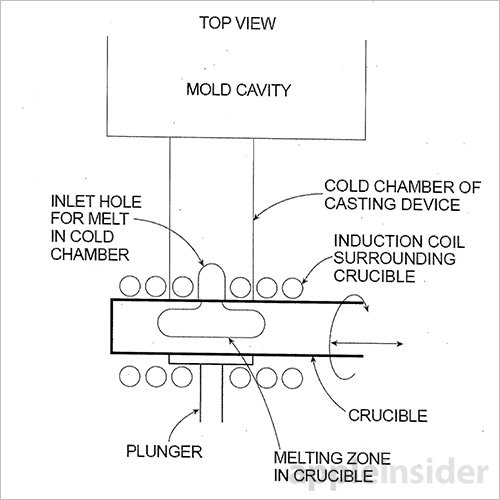
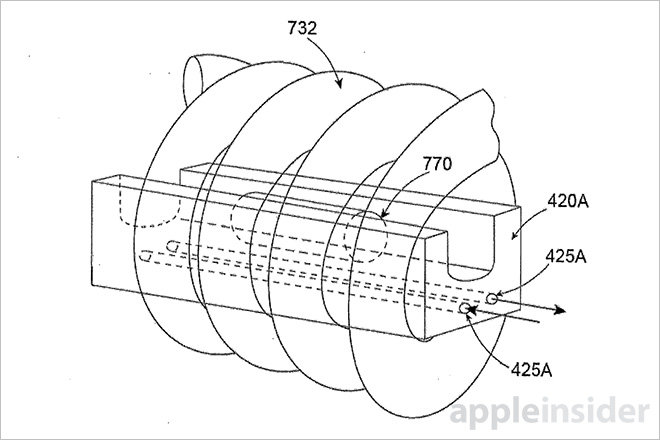
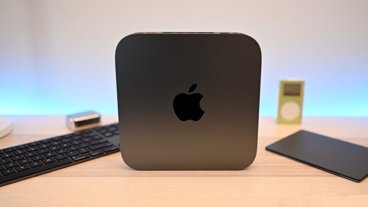
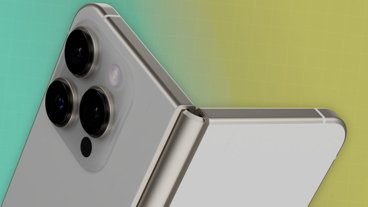

-xl-m.jpg)



-m.jpg)





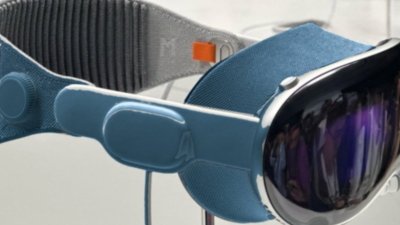
 William Gallagher
William Gallagher
 Amber Neely
Amber Neely
 Malcolm Owen
Malcolm Owen
 Andrew Orr
Andrew Orr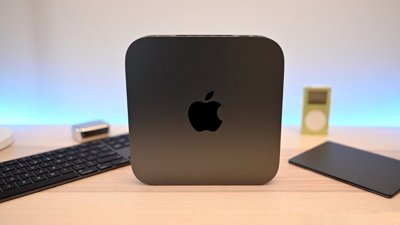


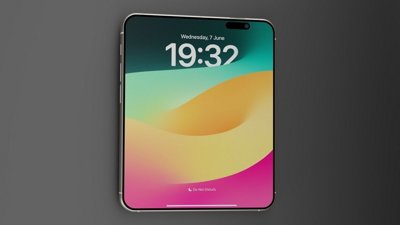



-m.jpg)






26 Comments
Liquidmetal Apple car.
Liquidmetal Apple car. (Sorry two times, doesn't make it less true though.)
Funny, I've never seen an ejector tool that doesn't look like a stamping (sharp corners and shearing lines). And the tools seem no more or less rigid than drawn wire like a paperclip is.
It was my understanding that not all ejector tools are a product of the liquimetal process or chemistry. Anybody have any idea of the visual differences between the two types?